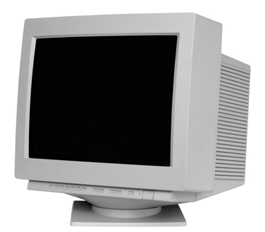Electronics Waste Recycling
I was invited to testify at the Senate Environment and Energy Committee on February 9. The topic? Electronics Waste Recycling (e-waste).
New Jersey passed a comprehensive electronics waste recycling law in 2009 that was designed to take dangerous CRT’s out of the waste stream and guarantee that they be recycled. The law worked just fine for the first few years. However, technology does not stand still.
 In 2013 and 2014, the market for the glass in CRT’s essentially died….people now buy flat screen monitors and televisions, so, there is no place to put the glass.
In 2013 and 2014, the market for the glass in CRT’s essentially died….people now buy flat screen monitors and televisions, so, there is no place to put the glass.
In response to this problem, and the apparent difficulty in getting manufacturers to fully comply with the law’s provisions that prohibit charging consumers for the recycling program in any way, this hearing was held as a first step in correcting a real problem.
What is that problem? Simply that there is a disconnect between the manufacturers taking responsibility for the material in a way that allows for recycling companies to be profitable and the amount of material that needs to be recycled.
So what do you think as consumers?
Visit the EnviroPolitics Blog to learn more about the discussion on Electronics Waste Recycling:
Hearing exposes turmoil in electronics recycling in NJ

“manufacturers taking responsibility for the material” is a misnomer. It is the consumers responsibility to dispose of this stuff properly.
If the manufacturers are required to do it, the cost of doing so will be built into the product, along with the additional insurance premium costs because they will invariably be sued.
Either the consumer will wind up paying for the responsibility with the costs sleeved through to the product price or the consumer will on their own dispose of the stuff properly and save everyone the time and regulatory expense.
Exactly…and not so…When a manufacturer makes a product, they do not simply have a right to pawn off the ultimate disposal responsibility on society. You are missing the fact that you and I as taxpayers pay for this when improper disposal is used…and thus, it is not the consumer.
A product cost should include the real cost of the product..and that includes its end of life.
When auto manufacturers were faced with a disposal cost increase, and made responsible for the disposal of their autos at the end of life, they managed to reduce the number of non-recyclable plastics by more than 75%. Yet before the change occurred, they said it couldn’t be done….